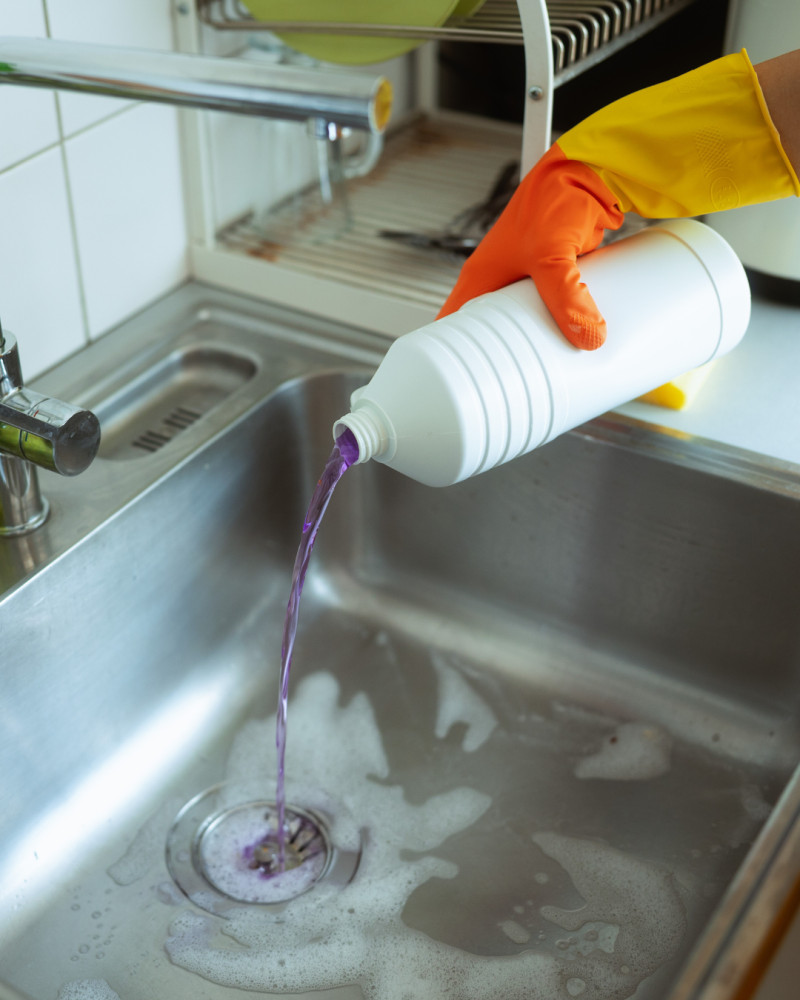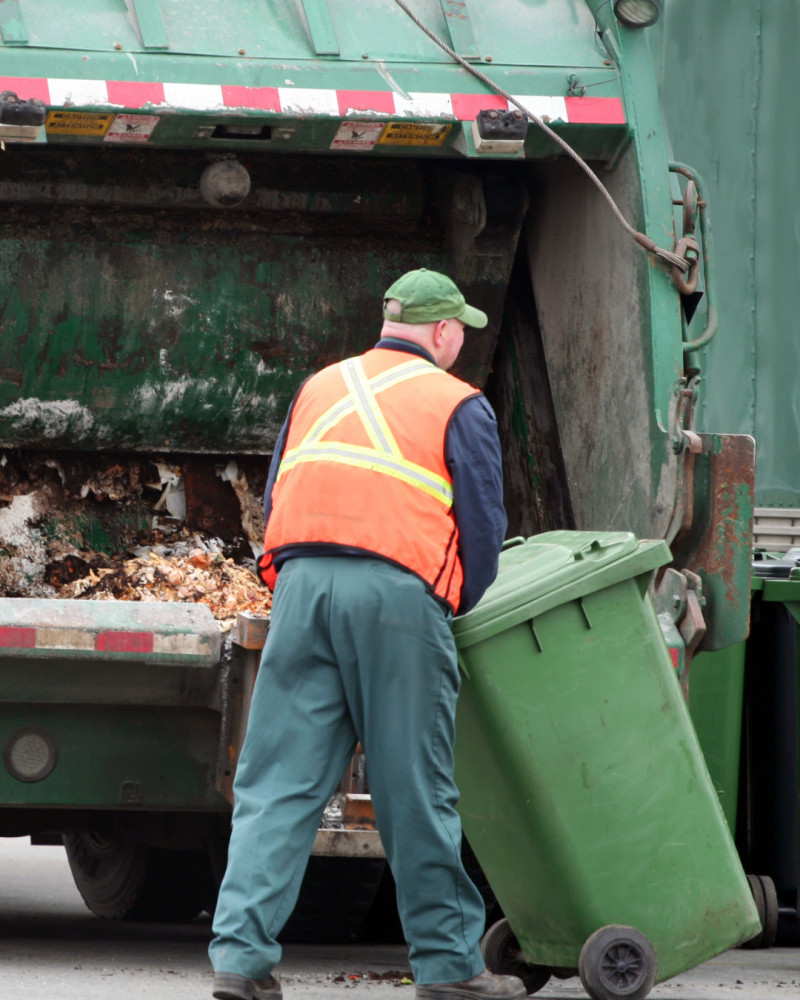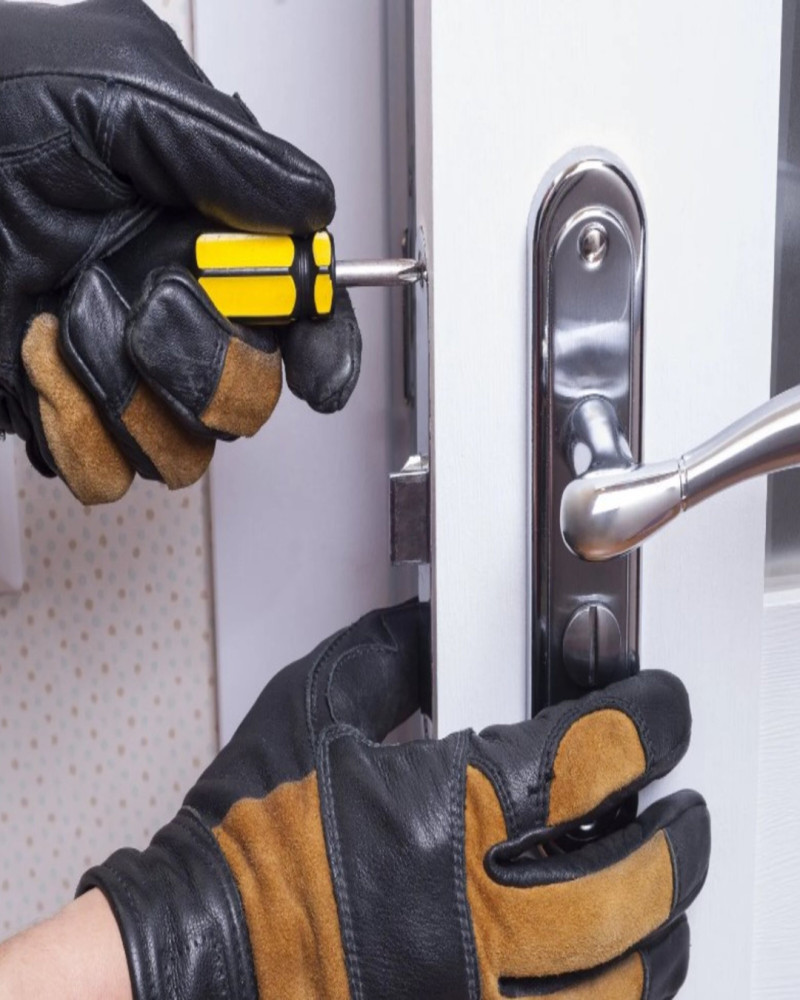How to Deal with Slow Drains Before They Become a Major Issue
Slow drains may seem like a minor annoyance—but if left unchecked, they can turn into costly plumbing disasters. Whether it’s the bathroom sink, kitchen drain, or your shower, that sluggish water flow is often a warning sign of a larger problem waiting to happen.
Fortunately, with a few simple steps and some preventative habits, you can tackle slow drains early and keep your plumbing system running smoothly. Here's how:
🚨 Why Are Your Drains Slow?
Before jumping into solutions, it's important to understand what's causing the slowdown. Common culprits include:
Hair and soap scum (in bathroom drains)
Grease and food particles (in kitchen sinks)
Mineral buildup from hard water
Foreign objects or debris accidentally flushed or washed down
Tree roots invading outdoor pipes (in more serious cases)
🧰 Simple Fixes to Try First
Before calling a plumber, there are a few things you can try yourself:
1. Boiling Water Flush
Pouring a kettle of boiling water down the drain can help break up soap scum or grease. Do this slowly in stages, allowing the hot water to work.
2. Baking Soda & Vinegar
A natural alternative to harsh chemicals:
Pour 1/2 cup of baking soda down the drain.
Follow with 1 cup of vinegar.
Let it fizz and sit for 15–30 minutes.
Flush with hot water.
3. Plunger or Drain Snake
A plunger can help dislodge minor clogs, while a drain snake (manual or motorized) is useful for reaching deeper blockages.
4. Clean the Stopper or Trap
Remove and clean the sink stopper or the P-trap underneath. Hair and debris often get stuck here and can be easily cleaned out with gloves and a bucket.
🔧 Preventative Maintenance Tips
To keep your drains flowing freely:
Use drain strainers in sinks and tubs to catch hair and debris.
Avoid pouring grease down the kitchen sink; instead, collect it in a container and throw it away.
Run hot water down the kitchen sink after each use to help keep oils moving.
Clean drains monthly with baking soda and vinegar or an enzyme-based cleaner.
Install a lint catcher on your washing machine hose if it drains into a utility sink.
🚿 When to Call a Professional
If your drain is:
Still slow after DIY methods
Backing up with dirty or smelly water
Causing gurgling sounds or foul odors
Slowing across multiple drains at once
…it’s time to call in a plumber. These signs could indicate a deeper clog or a more serious issue in your main sewer line.
💡 The Bottom Line
Slow drains aren’t just inconvenient—they’re warning signs. By taking action early, you can avoid full-blown clogs, backups, and costly plumbing repairs. With regular care and smart habits, your drains will stay clear, clean, and problem-free.
Need professional help or a drain inspection? Don’t wait until it becomes an emergency—reach out to your local plumbing expert today!



